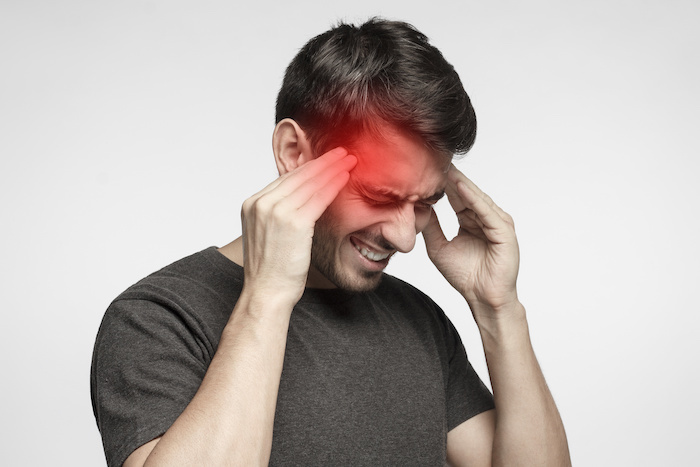
5 minutes, 3 seconds
-1.4K Views 0 Comments 0 Likes

When people hear the word migraine, they usually think of a killer headache. However, for some people vertigo, also known as dizziness, is a hallmark of their headache. This is called vestibular migraine.
People with this type of migraine have symptoms that stem from dysfunction of their balance system. Migraine is a neurological condition that’s accompanied by moderate to severe head pain, which can be on one side of the head or both. Some people also have nausea or vomiting and sensitivity to light, noise, or smells.
The American Migraine Foundation reports that at least 39 million Americans suffer from migraines. Scientists still don’t know how many people have vestibular migraine, but according to some studies, like this 2016 study in Behavioural Neurology, it’s about 1 percent of the general population and 10 percent of people with migraines.
Vestibular migraines cause a variety of symptoms. People may experience real vertigo, in which the room appears to be spinning, or they may have a rocking sensation or lightheadedness. And many individuals experience visual vertigo, in which visual stimuli, such as seeing things move on computer screens, causes dizziness or worsens dizziness. These episodes might last anywhere from seconds to days.
Other symptoms include earache, fullness, and pressure in certain patients. These sensations can occur before or during a headache, while some people with vestibular migraines never get a headache.
The exact etiology of migraines is unknown, but genetics and the environment both play a role. However, even if you're a lifelong migraine sufferer, the symptoms of your condition can alter over time. For example, you could suffer migraine headaches all your life but only experience dizziness later on.
Vestibular migraines are managed in much the same way as other migraines: by avoiding triggers and using medication and vitamins. Certain foods can cause migraines in some people. These can include the following:
A migraine might be triggered by a change in your sleep schedule. According to the American Migraine Foundation, you should go to bed and wake up at the same time every day, and get seven to eight hours of sleep.
Migraines are frequently triggered by stress. Learning to increase your relaxation responses through methods such as mind-body training can be quite beneficial in reducing migraine symptoms.
Some triggers, such as hormonal shifts and seasonal changes, can be difficult to regulate or control. If additional lifestyle modifications aren't enough to alleviate symptoms, you may need to take prophylactic drugs.
If lifestyle adjustments and trigger avoidance aren't enough to control vestibular migraine symptoms, doctors will consider using drugs to prevent them. Beta-blockers, calcium channel blockers, and older-generation antidepressants are some of the drugs that are used to avoid regular migraines.
The advantage of preventative medication is that it does not have to be used indefinitely. One way to look at it is that they re-establish brain chemistry, after which the person's symptoms become less frequent and the medication can be tapered down.
Typical migraine drugs that eliminate the pain, such as ibuprofen, acetaminophen, and triptans, aren't effective for the dizziness sensations when you're having a vertigo attack. Even if you have a headache along with your dizziness, they can help.
Magnesium, vitamin B2, coenzyme Q10, and butterbur are some of the vitamins and plants that are claimed to help treat headaches.


